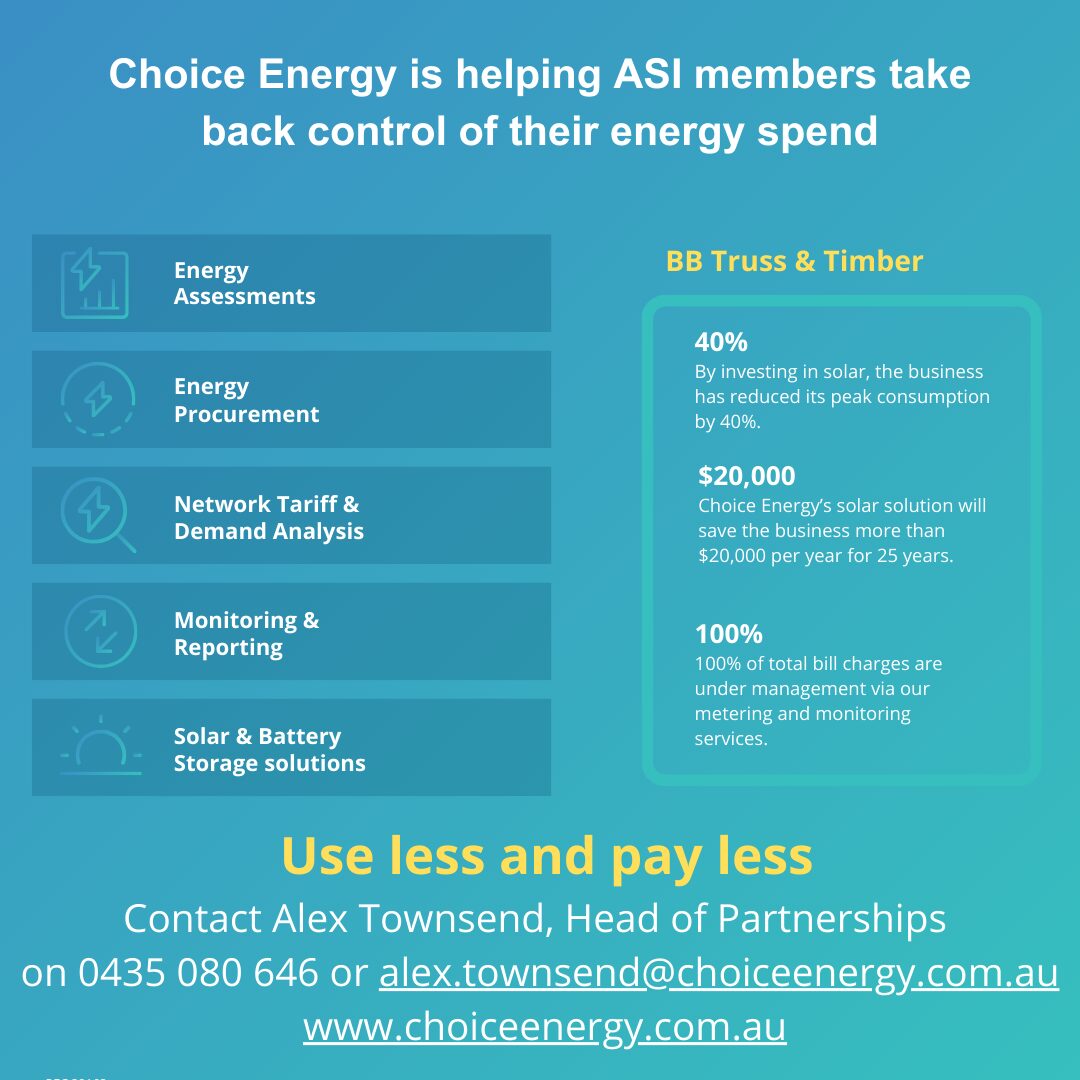Active management is a cornerstone of AustralianSuper’s investment strategy. It’s a hands-on investing approach that aims to help members achieve their best financial position in retirement.
When it comes to investing, there are two main approaches: active and passive management.
Active management is when an investor proactively decides which investments are bought or sold. Active managers will use extensive research and experience to inform their investment decisions, helping to add value and drive outperformance.
Passive management, or index investing, simply follows the performance of market indexes. For example, a passive manager may invest in the 200 companies that make up the ASX 200 Index in order to track its investment performance.
Investing for members
Active management can help deliver long-term performance and net benefit to members. Net benefit is the investment return delivered to you by your super fund minus the administration and investment fees and costs, transaction costs and taxes.
Unlike passive funds, an active manager can take advantage of more opportunities. This means quickly responding to market changes, effectively repositioning the investment portfolio. When investment markets fall, they can help cushion the impact. And when investments rebound, they can participate in the upside.
Assets may also be mispriced in volatile markets and through active management can offer attractive buying opportunities for long-term investors.
Investing in unlisted assets
Active management provides more ability to invest in unlisted assets, including private equity, property and infrastructure.
Unlisted assets have shown to be a great long-term investment with AustralianSuper investing in Sydney Airport, the Transurban Queensland toll road network and Indara, Australia’s largest independent wireless tower and digital infrastructure owner.
Our approach to active management
AustralianSuper use active management at two different levels of the investment portfolio.
The first is through asset allocation decisions, looking at how much we invest in each asset class for better performance.
The second is through individual investment selections. This is the actual buying and selling of individual investments. If we believe a company will be a good investment over the long run, then we can invest more in that company today. We specifically choose investments that we expect will outperform indexes, leveraging opportunities not available to passive or smaller active managers.
About half of members’ assets1 are internally managed. But we also invest with external managers with specialised expertise or potential to add value to the portfolio. AustralianSuper was also the first super fund to establish investment offices in Asia, Europe and North America giving us greater insights and access to larger investment opportunities.
Performance track record
Active management has been a key part of AustralianSuper’s long-term performance, with its flagship balanced option ranked in the top two performing super funds for investment returns over 10 and 20 years to 31 March 20232.
If an AustralianSuper member had $100,000 invested in the Balanced fund option 20 years ago, that balance would have grown to about $491,000 by 31 March 20233. That is about $50,000 more than what would have been delivered by the median super fund4.
1. As at 31 March 2023.
2. AustralianSuper Balanced investment option as compared to the SuperRatings Fund Crediting Rate Survey – SR50 Balanced (60-76) to 31 March 2023. Returns from equivalent investment options of the ARF and STA super funds are used for periods before 1 July 2006. Investment returns aren’t guaranteed. Past performance is not a reliable indicator of future returns.
3. AustralianSuper investment returns are based on crediting rates, which are returns less investment fees and costs, the percentage-based administration fee deducted from returns from 1 April 2020 to 2 September 2022 and taxes. Returns don’t include all administration, insurance and other fees and costs that are deducted from account balances. Returns from equivalent investment options of the ARF and STA super funds are used for periods before 1 July 2006.
4. AustralianSuper Balanced investment option compared to the ‘median’ option in the SuperRatings Fund Crediting Rate Survey – SR50 Balanced (60-76) to 31 March 2023.
This information may be general financial advice which doesn’t take into account your personal objectives, financial situation or needs. Before making a decision about AustralianSuper, you should think about your financial requirements and refer to the relevant Product Disclosure Statement available at australiansuper.com/pds or by calling 1300 300 273. A Target Market Determination (TMD) is a document that outlines the target market a product has been designed for. Find the TMDs at australiansuper.com/tmd.
Sponsored by AustralianSuper Pty Ltd, ABN 94 006 457 987, AFSL 233788, Trustee of AustralianSuper ABN 65 714 394 898













